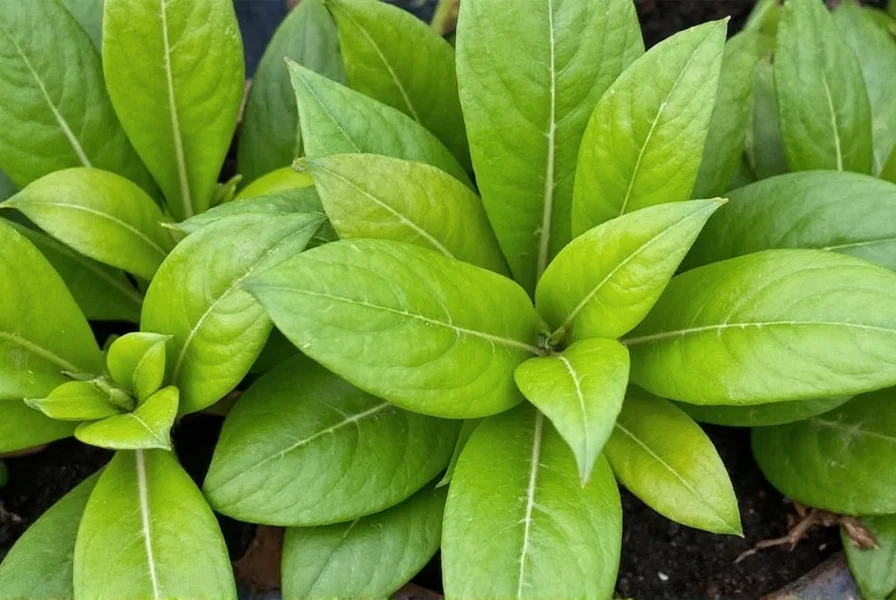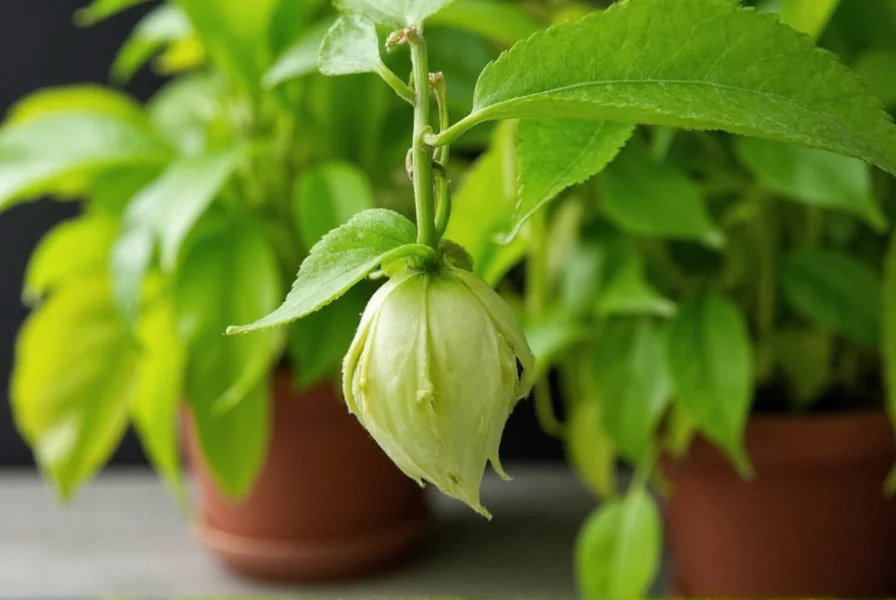Growing your own ginger at home is simpler than many gardeners realize. This tropical perennial, scientifically known as Zingiber officinale, rewards patient growers with fresh, flavorful rhizomes perfect for cooking, teas, and natural remedies. Whether you're working with limited space or have a full garden, understanding the specific requirements for how to grow ginger plant successfully will ensure a bountiful harvest.
Understanding Ginger Growth Requirements
Ginger originates from Southeast Asia and thrives in warm, humid environments similar to its native habitat. Unlike many plants that grow from seeds, ginger propagates through rhizomes—the knobby underground stems you purchase at the grocery store. These rhizomes contain dormant buds that sprout when given proper conditions.
Successful ginger plant care depends on mimicking its natural tropical environment while adapting to your specific climate. The key factors include temperature, light exposure, soil composition, and moisture levels. Understanding these elements is crucial for anyone learning how to grow ginger at home.
Materials Needed for Growing Ginger
Before planting, gather these essential supplies:
- Fresh ginger rhizomes (look for plump, firm pieces with visible eye buds)
- Container with drainage holes (at least 12 inches deep) or garden space
- Well-draining potting mix (50% potting soil, 30% compost, 20% perlite)
- Balanced liquid fertilizer (10-10-10 NPK)
- Watering can with fine spray
- Mulch (straw or shredded leaves)
| Material | Why It's Important | Alternative Options |
|---|---|---|
| Fresh ginger rhizomes | Contains living buds for growth; grocery store ginger often treated to prevent sprouting | Organic ginger from health food stores |
| Well-draining soil mix | Prevents rhizome rot while retaining moisture | Cactus/succulent mix with added compost |
| Container with drainage | Essential for controlling moisture in container gardening | Grow bags or fabric pots |
Step-by-Step Guide to Growing Ginger
1. Selecting and Preparing Rhizomes
Choose plump, firm ginger rhizomes with multiple eye buds (the small bumps where growth emerges). Organic ginger works best as conventional grocery store ginger may be treated with growth inhibitors. Soak rhizomes in lukewarm water for 1-2 hours before planting to encourage sprouting. For growing ginger in containers, cut rhizomes into 1-2 inch pieces, each with 2-3 eye buds.

2. Planting Your Ginger
Plant ginger in spring after temperatures consistently stay above 70°F. In containers, fill with your soil mix, leaving 2-3 inches of space below the rim. Place rhizome pieces 2-4 inches deep with eye buds facing upward, then cover with soil. Space multiple pieces 6-8 inches apart. Water thoroughly until moist but not soggy.
For growing ginger in the ground, choose a location with partial shade (morning sun with afternoon shade is ideal). Prepare soil by mixing in 2-3 inches of compost. Plant rhizomes 4-6 inches deep in heavy clay soils, 2-4 inches deep in sandy soils.
3. Providing Optimal Care
Ginger requires consistent care throughout its growing season:
- Watering: Keep soil consistently moist but never waterlogged. Water when the top inch of soil feels dry. Increase watering during hot summer months.
- Light: Provide 2-5 hours of morning sun with protection from intense afternoon sun. Indoors, place near an east-facing window.
- Temperature: Maintain 70-90°F. Protect from temperatures below 50°F which can damage plants.
- Fertilizing: Apply balanced liquid fertilizer every 4-6 weeks during active growth. Reduce feeding as harvest approaches.
- Mulching: Apply 2 inches of organic mulch to retain moisture and regulate soil temperature.
4. Troubleshooting Common Problems
Even with proper care, common problems growing ginger may occur:
- Yellowing leaves: Usually indicates overwatering. Allow soil to dry slightly between waterings.
- Slow growth: Could mean insufficient warmth or nutrients. Move to warmer location and apply balanced fertilizer.
- Rhizome rot: Caused by poor drainage. Ensure proper soil mix and reduce watering frequency.
- Pests: Aphids or spider mites may appear. Treat with insecticidal soap or neem oil solution.
5. Harvesting Your Ginger
Determine when to harvest ginger by watching for visual cues: leaves begin to yellow and die back, typically 8-10 months after planting. For a continuous harvest, you can carefully dig around the edges of the plant to harvest individual rhizomes while leaving the plant to continue growing.
To harvest fully, stop watering 1-2 weeks before harvest to dry the soil slightly. Gently dig up the entire plant, being careful not to damage the rhizomes. Shake off excess soil and trim the stems to 1 inch above the rhizome.
6. Storing Your Harvest
After harvesting, cure ginger by air-drying for 2-3 days in a shaded, well-ventilated area. Store in a cool, dark place or refrigerate in a paper bag with ventilation holes. Properly stored ginger maintains quality for 2-3 weeks. For longer storage, freeze peeled ginger or preserve in vinegar.
Advanced Tips for Successful Ginger Cultivation
For those mastering how to grow ginger plant techniques, consider these advanced strategies:
- Practice crop rotation if growing in-ground to prevent soil-borne diseases
- Use a humidity tray indoors to maintain the 70-80% humidity ginger prefers
- Try different ginger varieties like yellow ginger or turmeric for diverse flavors
- Start ginger indoors 4-6 weeks before last frost for earlier harvests in cooler climates
- Apply a potassium-rich fertilizer 2 months before harvest to improve rhizome development

Conclusion
Growing ginger successfully requires attention to its specific environmental needs but rewards gardeners with fresh, flavorful rhizomes. By following these guidelines for ginger plant care, you'll be harvesting your own homegrown ginger in just 8-10 months. Remember that patience is key—ginger grows slowly at first but develops substantial rhizomes with proper care. Whether you're growing ginger in containers on a balcony or in a garden bed, this versatile plant adds both beauty and utility to your growing space.










 浙公网安备
33010002000092号
浙公网安备
33010002000092号 浙B2-20120091-4
浙B2-20120091-4